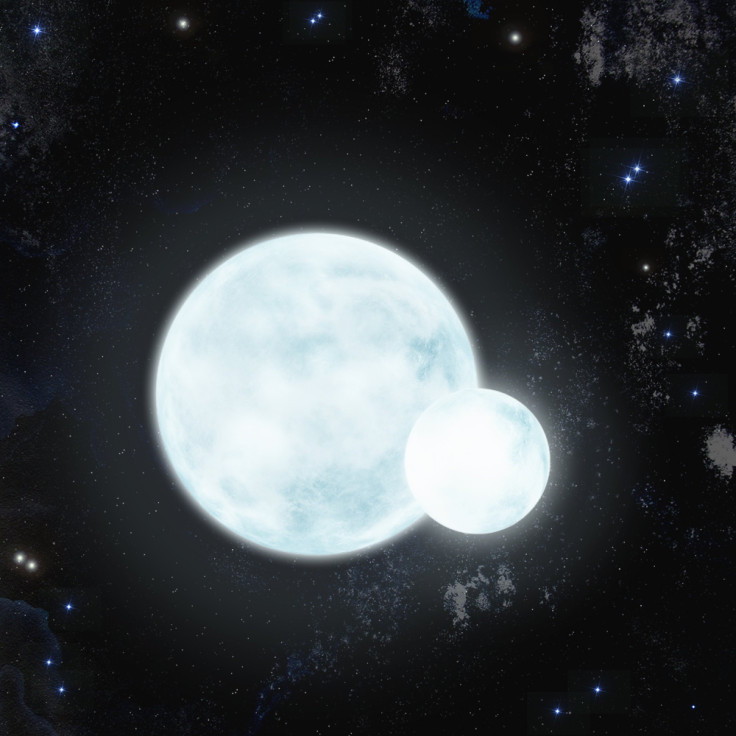New Type Of Pulsating Star Discovered Was Recently Involved In A Stellar Collision

A new type of pulsating star was discovered by astronomers and is the result of a cosmic collision. The star had a different brightness variation than other known pulsating stars and could lead to new insights about collisions between stars.
The research was led by Pierre Maxted, from Keele University in the UK, and included astronomers from Germany, Spain and the UK using the New Technology Telescope at the European Southern Observatory. The team used the Ultracam, a camera that gathers data at high speeds, to gain further insight on what happens right after a stellar collision.
According to the Keele University press release, the team of astronomers was looking for exoplanets, planets outside our solar system, and discovered an eclipsing binary star system. A binary system consists of two stars orbiting one another, a primary star and its companion star. An eclipsing binary system occurs when the two stars’ orbit cause them to pass in front of one another. A type IA supernova occurs in a binary star system as the larger white dwarf star pulls in so much matter from its companion star that it causes uncontrollable nuclear fusion and the eventual death of the star.
As new stars are born in a binary system, they grow to become red giant stars, like the sun will eventually do in five billion years, after the hydrogen needed for nuclear fusion runs out, the release notes. As the red giant ages, it further cools off and eventually becomes a white dwarf star.
Red giant stars, on occasion, collide with their companion star, and that could lead to removal of up to 90 percent of the red giant stars’ mass. How the star loses so much mass has yet to be explained, but the new type of pulsating star discovered by the astronomers could offer up some new clues about stellar collisions.
“We have been able to find out a lot about these stars, such as how much they weigh, because they are in a binary system. This will really help us to interpret the pulsation signal and so figure out how these stars survived the collision and what will become of them over the next few billion years,” Maxted said.
The red giant star observed by the astronomers, J0247-25, had a recent stellar collision, and the team discovered the star was a new type of pulsating star. The pulsing of a star is due to the change in brightness caused by sound waves within the star. Unlike the Sun, which shares the same five-minute pulsation cycle, the red giant’s sound waves penetrate all the way to the core of the star. The astronomers plan to study how long it will take for the red giant star to become a white dwarf. The discovery of a new type of pulsating star was published in the journal Nature.
Earlier in June, Swiss astronomers discovered a new class of pulsating stars. The 36 stars belonging to this new class were found in star cluster NGC 3766.
© Copyright IBTimes 2025. All rights reserved.






















